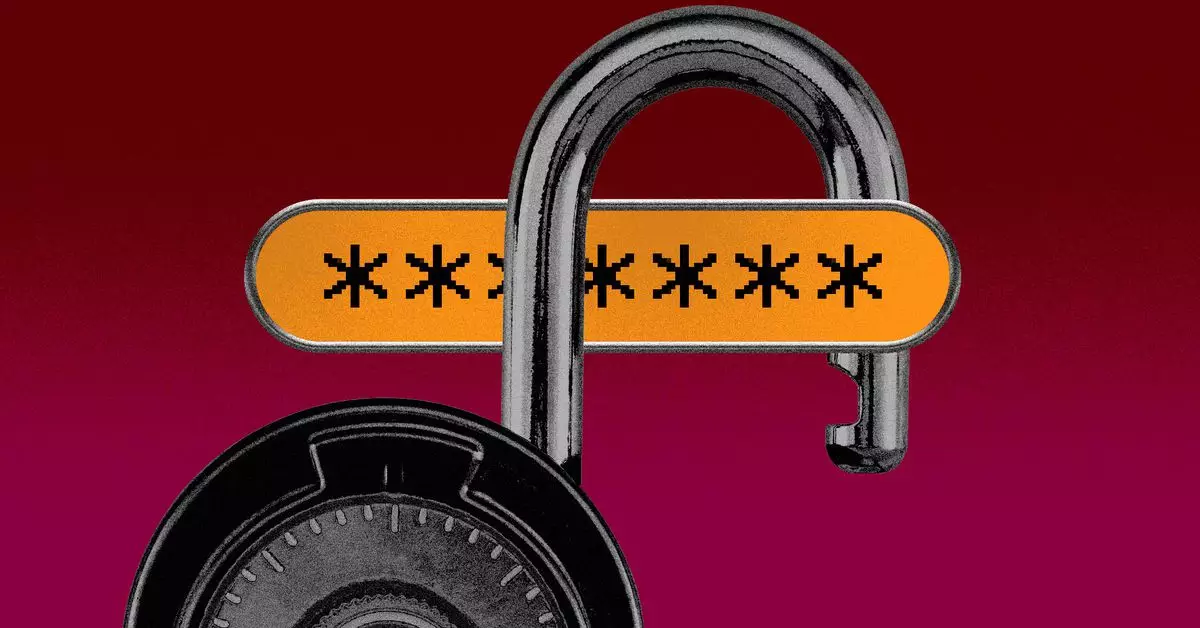On a seemingly ordinary Friday evening, Okta, a prominent identity management provider, took the cybersecurity community by surprise with an unusual update regarding its security protocols. The company identified a significant vulnerability that allowed potential unauthorized access under very specific conditions, particularly affecting accounts with usernames exceeding 52 characters. This incident underlines the crucial need for vigilance and robust security measures within the ever-evolving tech landscape.
The vulnerability revolves around Okta’s reliance on the Bcrypt algorithm for generating cache keys associated with user authentications. A detailed examination revealed that under certain circumstances, particularly when an organization’s multi-factor authentication policies were not stringently enforced, a user could potentially log in to an account merely by providing its username. This could occur if the cache from a previous successful login was accessed while the authentication agent was either unavailable or experiencing high traffic conditions.
This flaw was first recorded on October 30, 2024, but it had roots extending back to updates made on July 23 of that year. The identified weakness suggests that the interplay between caching mechanisms and cryptographic practices can lead to unexpected vulnerabilities. This situation serves as a wake-up call for companies to ensure that their authentication processes are resilient against such exploits.
Okta’s dilemma highlights a significant gap in its security architecture, where the temporary cache keys, meant to streamline user access, inadvertently introduced a severe risk. The reliance on Bcrypt, coupled with the absence of robust additional verification checks, allowed this situation to arise. While algorithms like Bcrypt are generally considered secure, the issue was compounded by operational factors, such as server downtime or excessive traffic, which are situations that can occur frequently in real-world applications.
Organizations that permit usernames of such length are not only risking exposure but also casting doubt on their overall security policies. The incident emphasizes the necessity for businesses to assess the adequacy of their authentication requirements. Introducing multi-factor authentication is critical, but it must be enforced consistently to mitigate risks against every conceivable entry point.
In the aftermath of this incident, it’s essential for Okta and its customers to delve into the implications of this vulnerability comprehensively. Regular audits and penetration tests can serve as preventative measures against similar risks. Companies must prioritize implementing a layered security model that encompasses not just cryptographic resilience but also user behavior monitoring.
Moreover, responsiveness to discovered vulnerabilities dictates a company’s integrity. Okta’s delay in issuing more detailed communications post-discovery raises questions about transparency and accountability. Organizations must proactively communicate security risks and remediation steps to their users to maintain trust and foster a culture of cybersecurity awareness.
Final Thoughts
The Okta vulnerability serves as a critical reminder for security professionals across industries to stay alert and adopt best practices in identity and access management. By acknowledging the unexpected challenges posed by technological advancements, organizations can better prepare for the future and strengthen their defenses against potential breaches. The need for a holistic approach to cybersecurity, combining reliable algorithms, stringent policies, and proactive communication, has never been more paramount.


Leave a Reply
You must be logged in to post a comment.